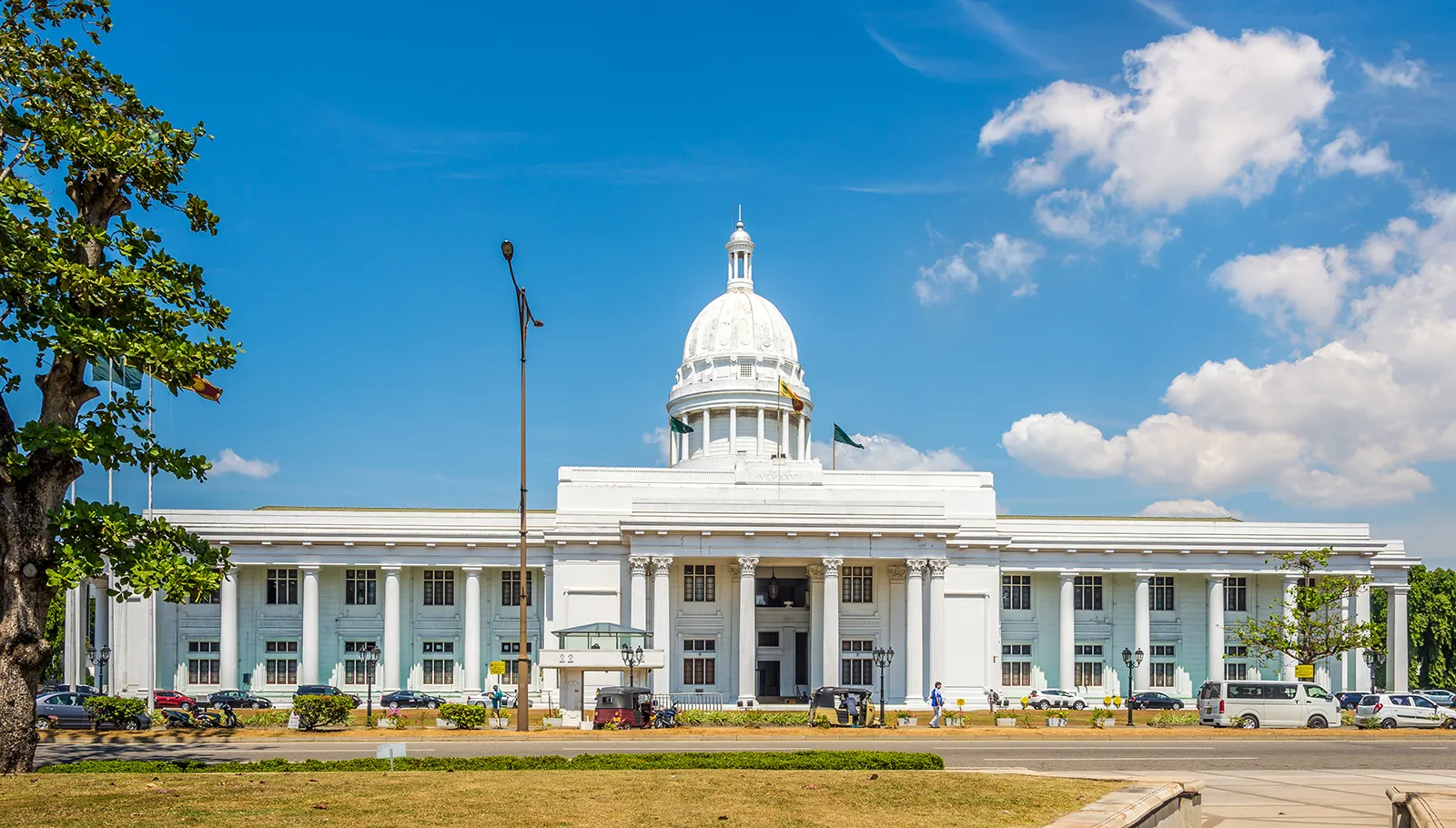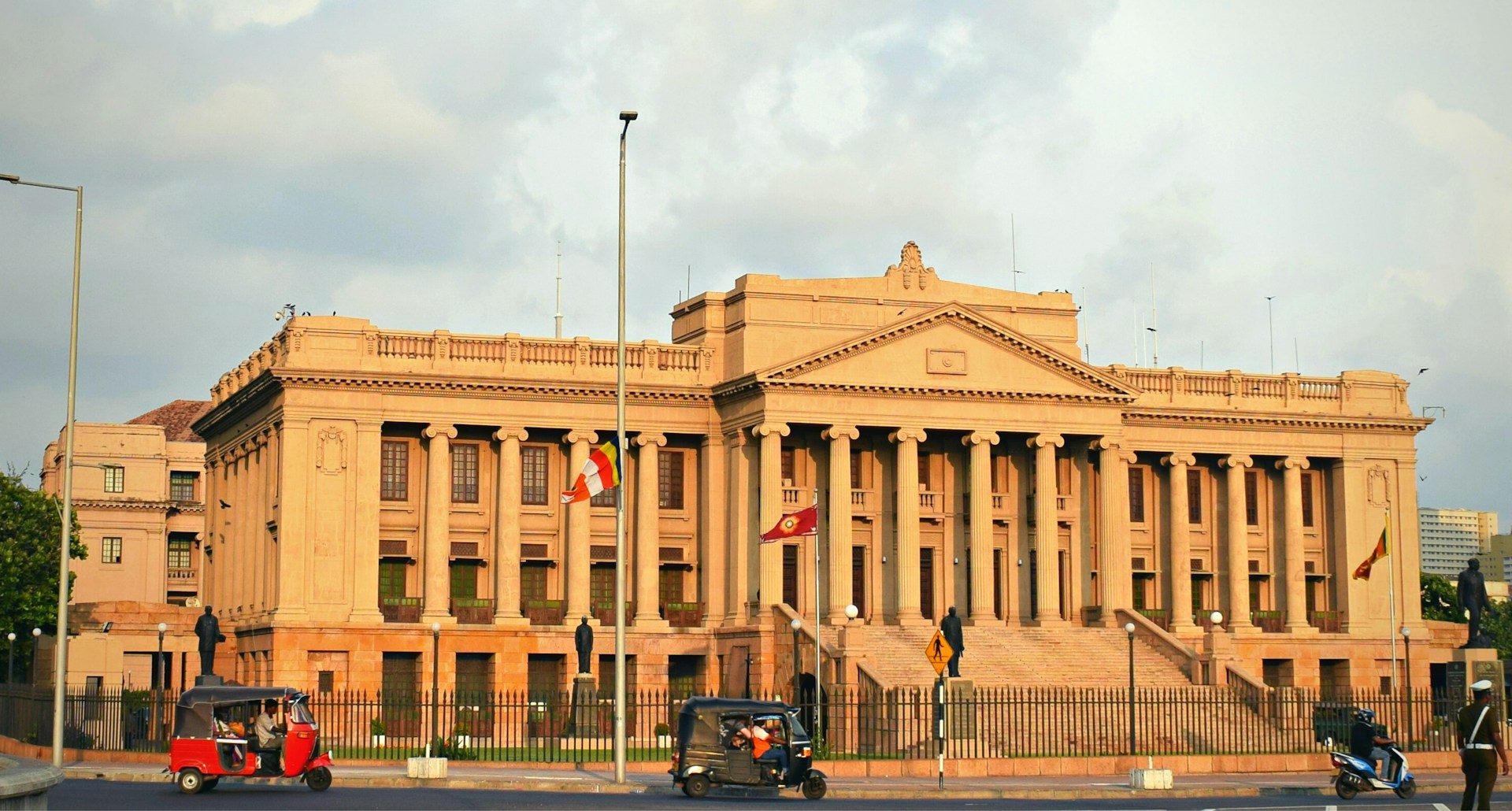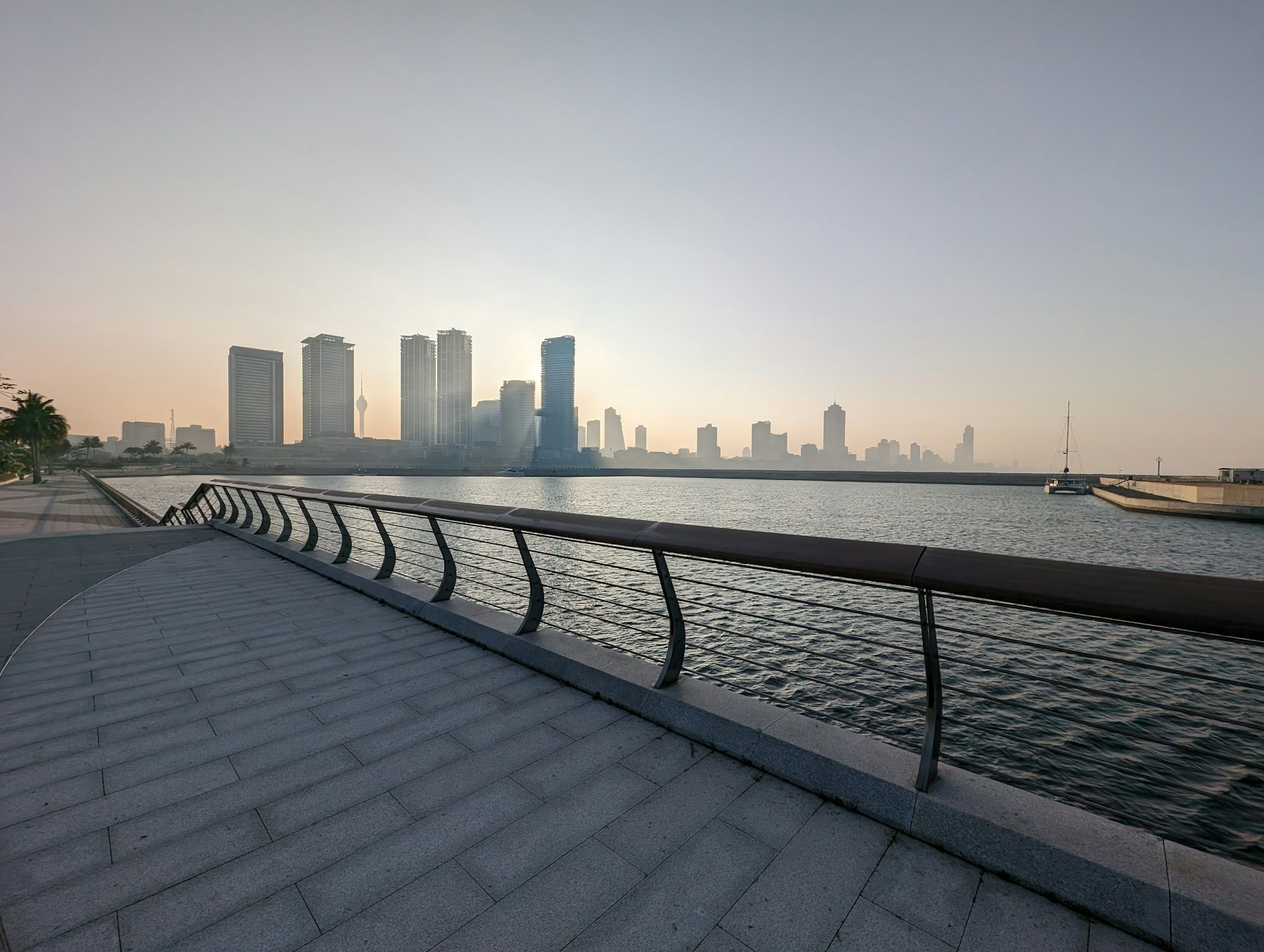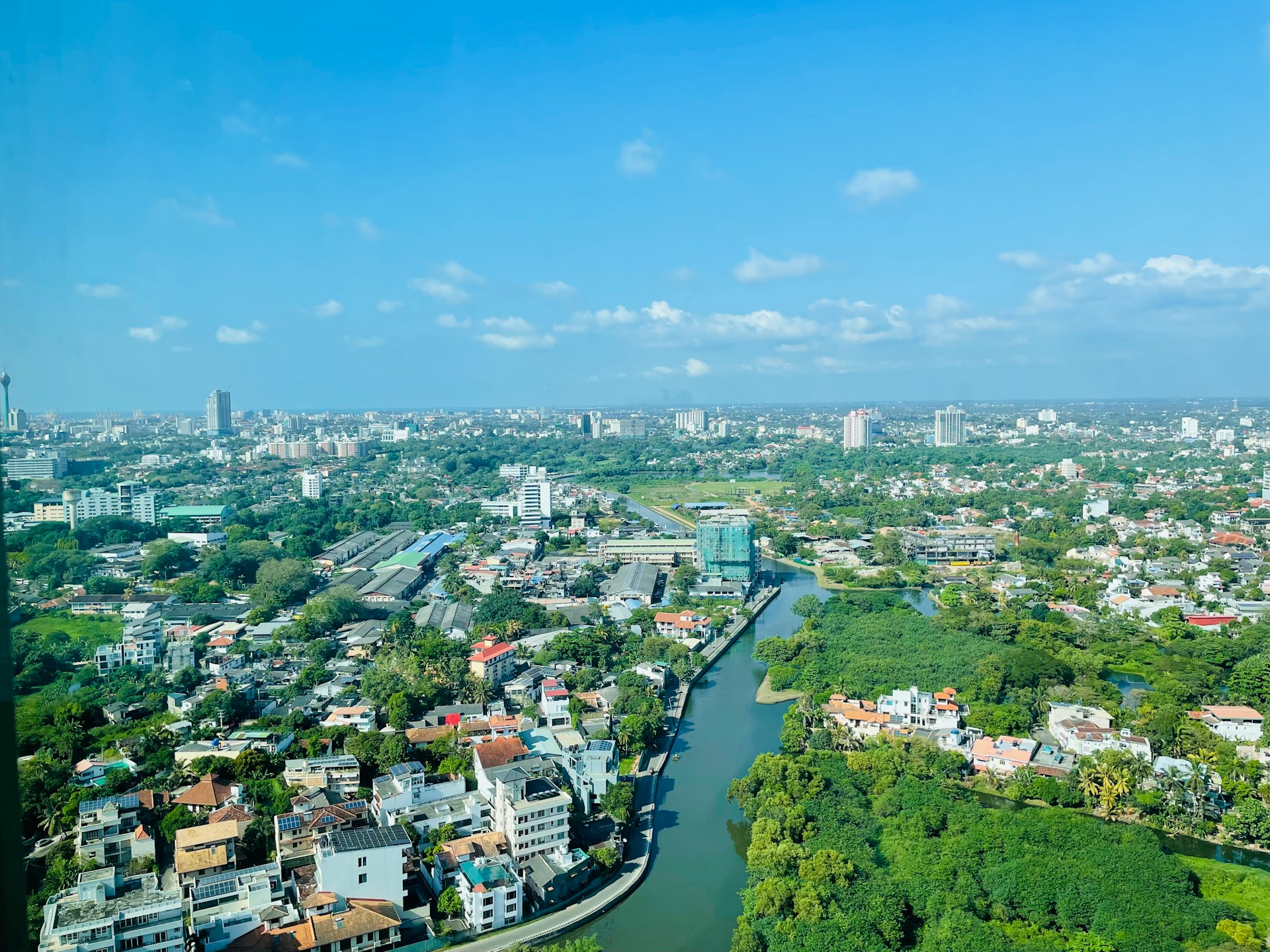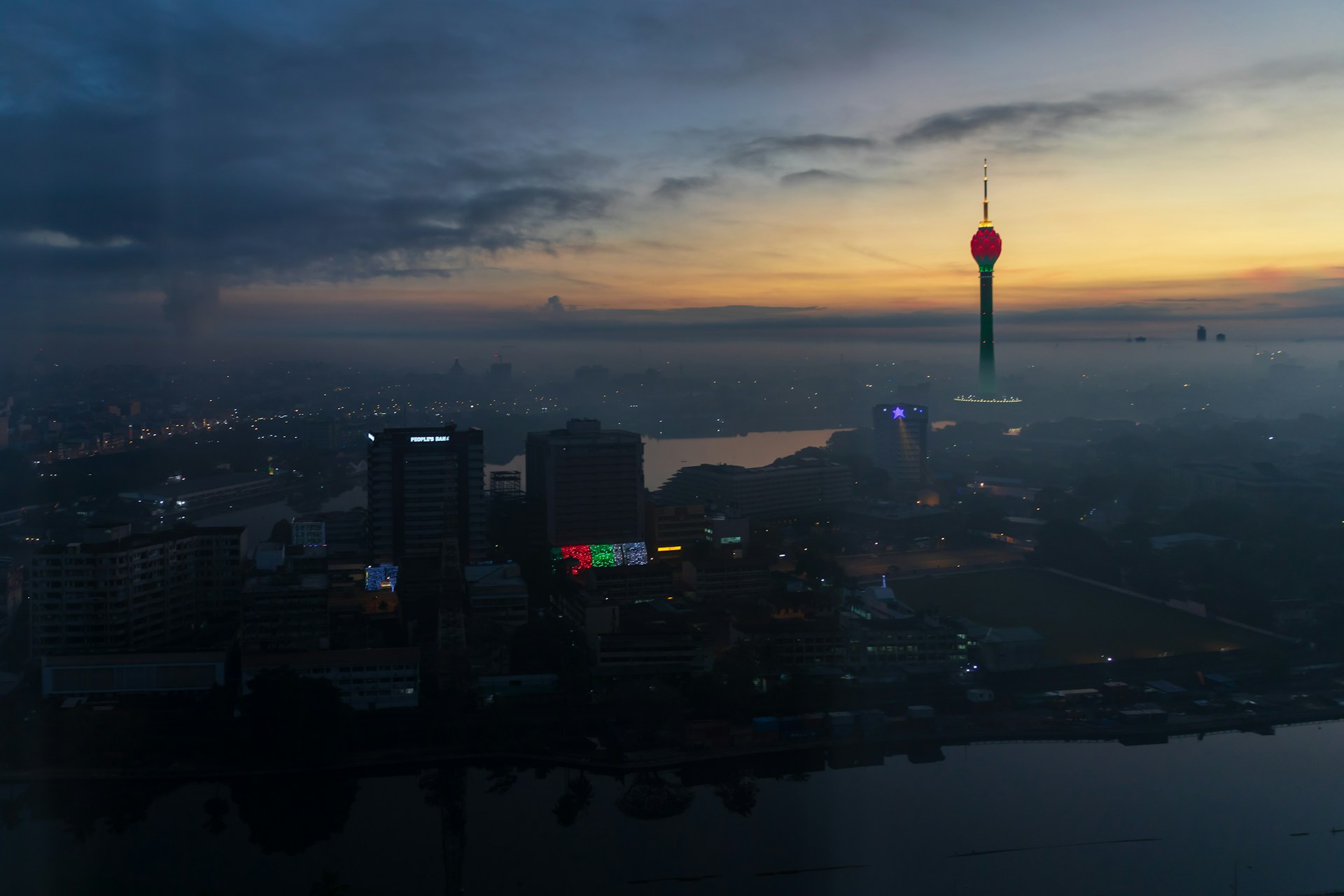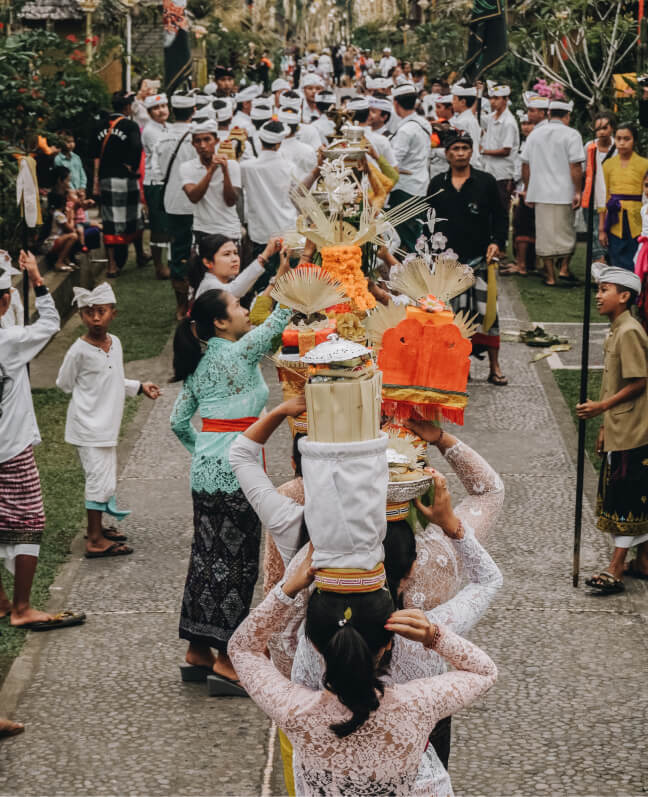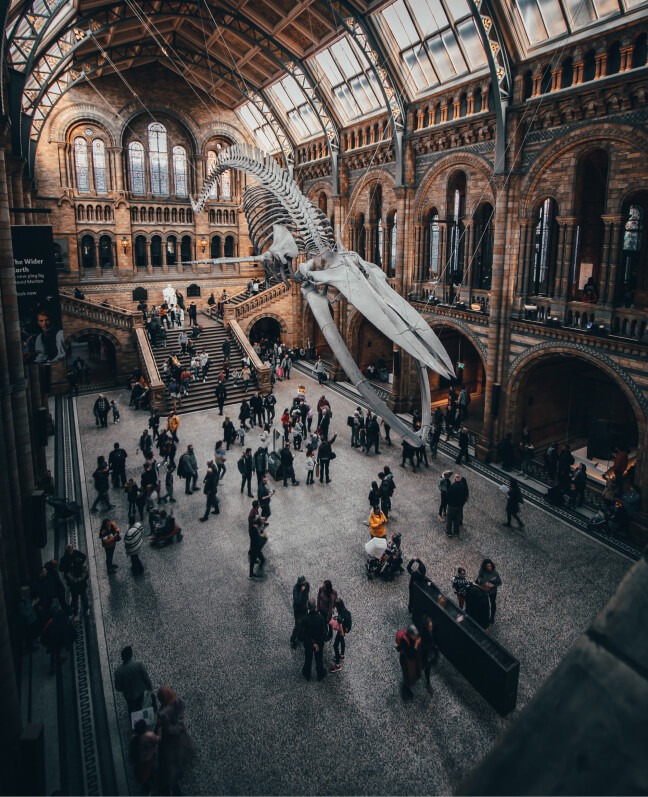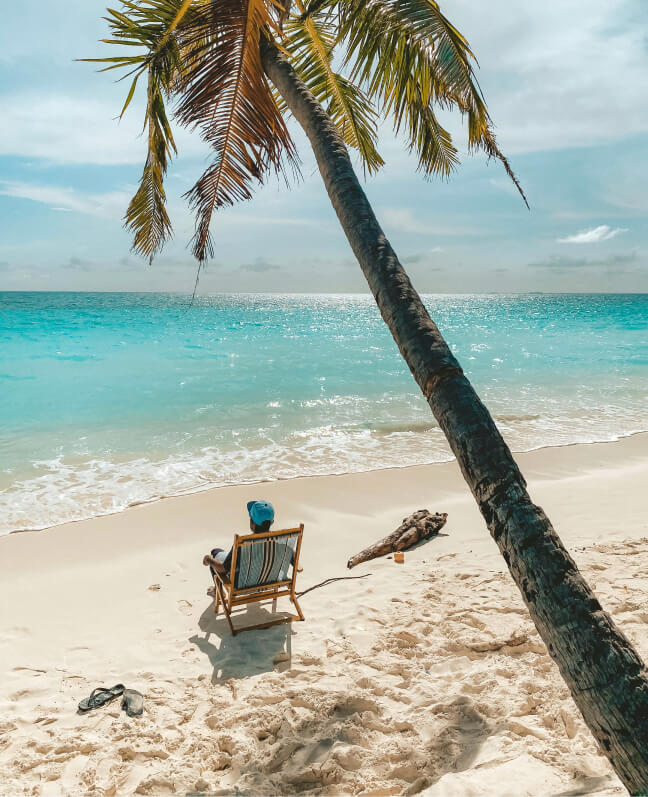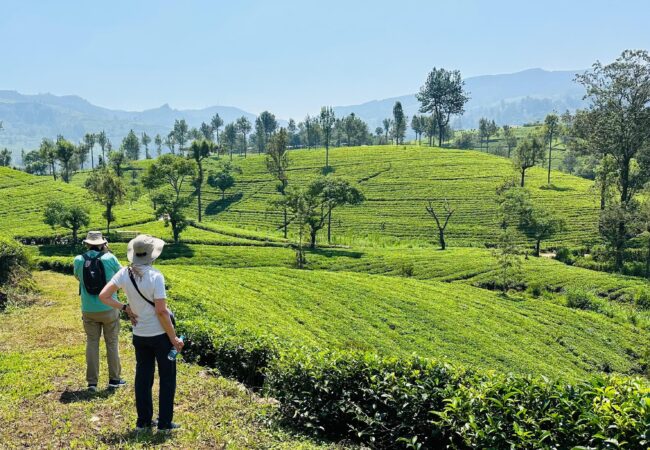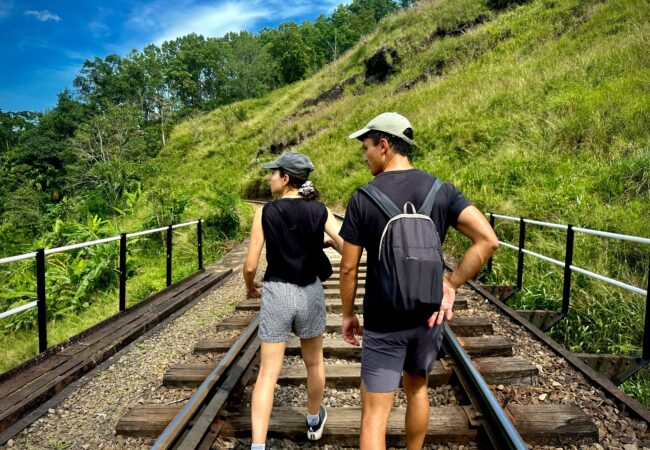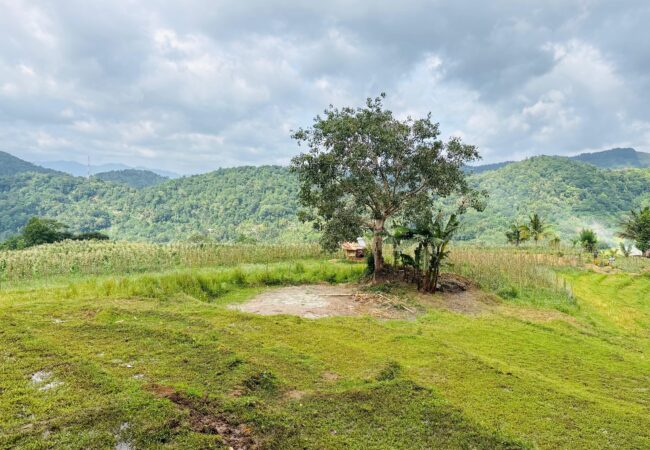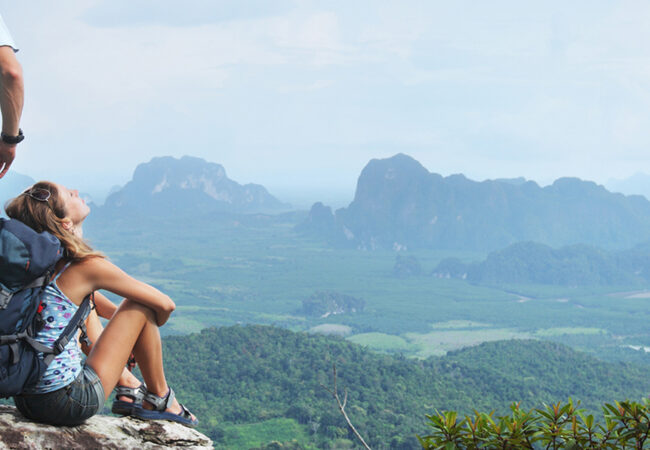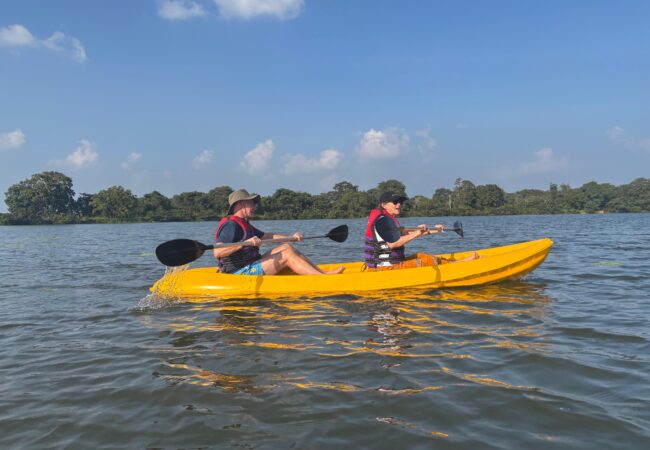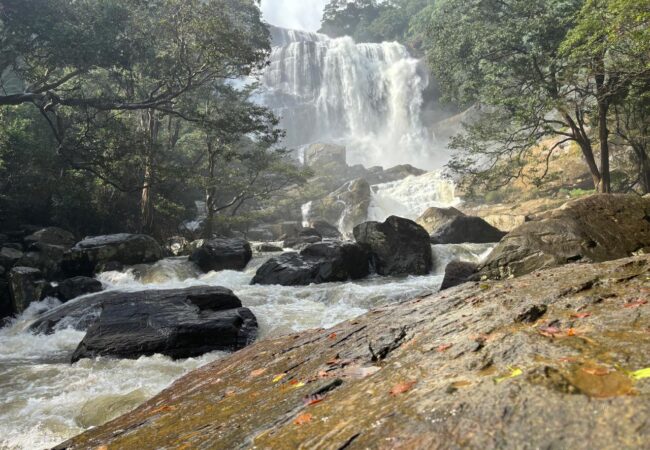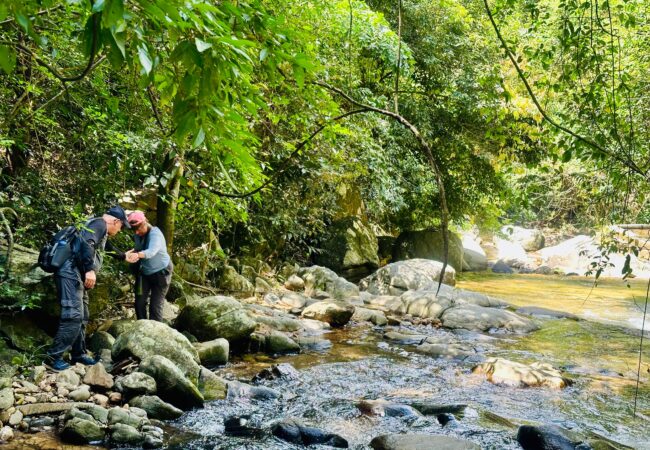Welcome To Colombo
Colombo, Sri Lanka’s vibrant capital and largest city, serves as the country’s commercial, industrial, and cultural hub. With a rich history spanning over 2,000 years, the city has evolved from an ancient trading port known to Roman, Arab, and Chinese traders to a modern metropolis. Colombo’s strategic location along ancient east-west trade routes made it a coveted possession, controlled successively by Portuguese, Dutch, and British colonial powers from the 16th to the 20th century. This diverse colonial heritage is reflected in the city’s architecture, with Portuguese-era churches, Dutch-period buildings, and British colonial mansions standing alongside modern skyscrapers. Since Sri Lanka’s independence in 1948, Colombo has developed into a dynamic urban center, blending traditional Sri Lankan culture with global influences. The city’s skyline has transformed dramatically in recent years with the development of the Port City Colombo, a massive land reclamation project creating a new financial district on 269 hectares of land reclaimed from the Indian Ocean.
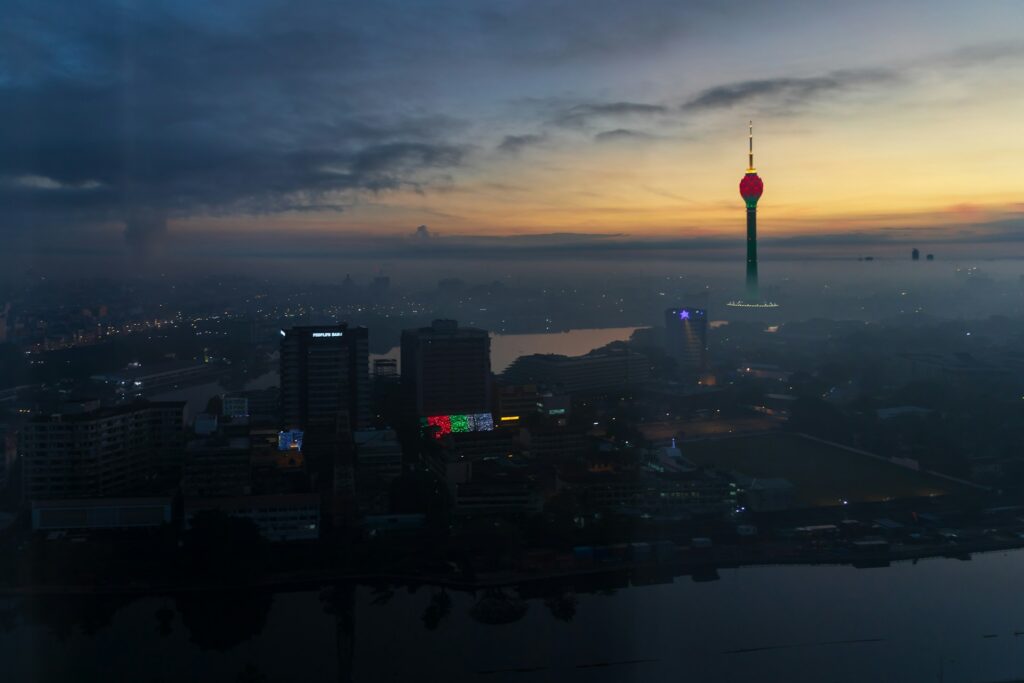
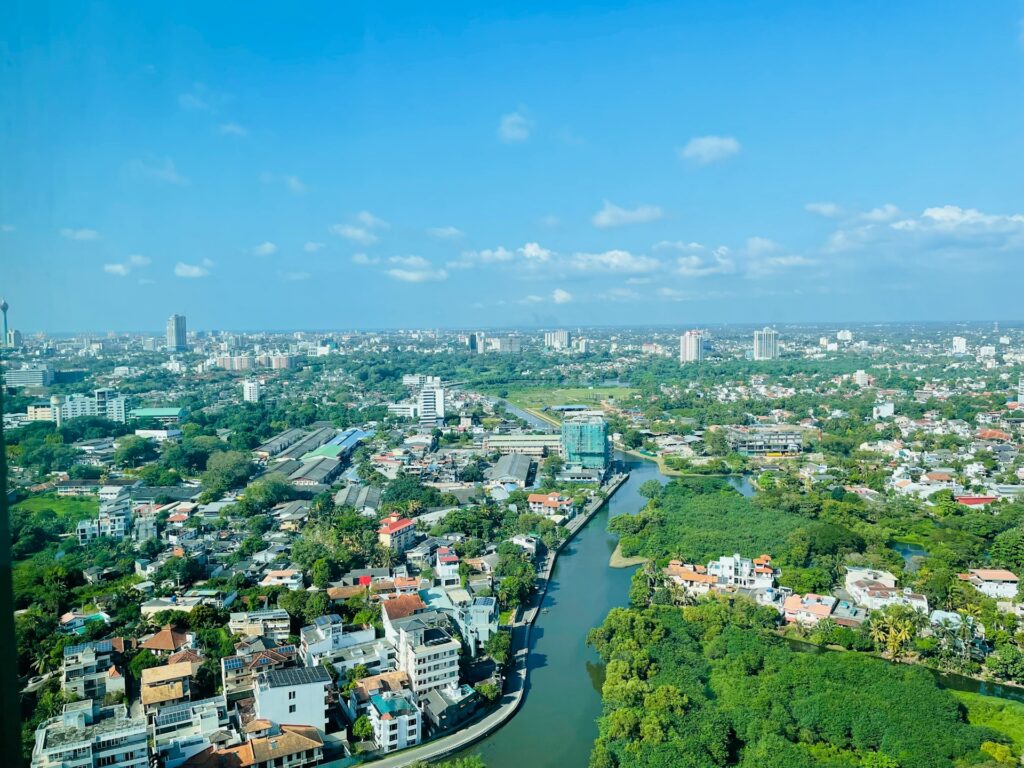
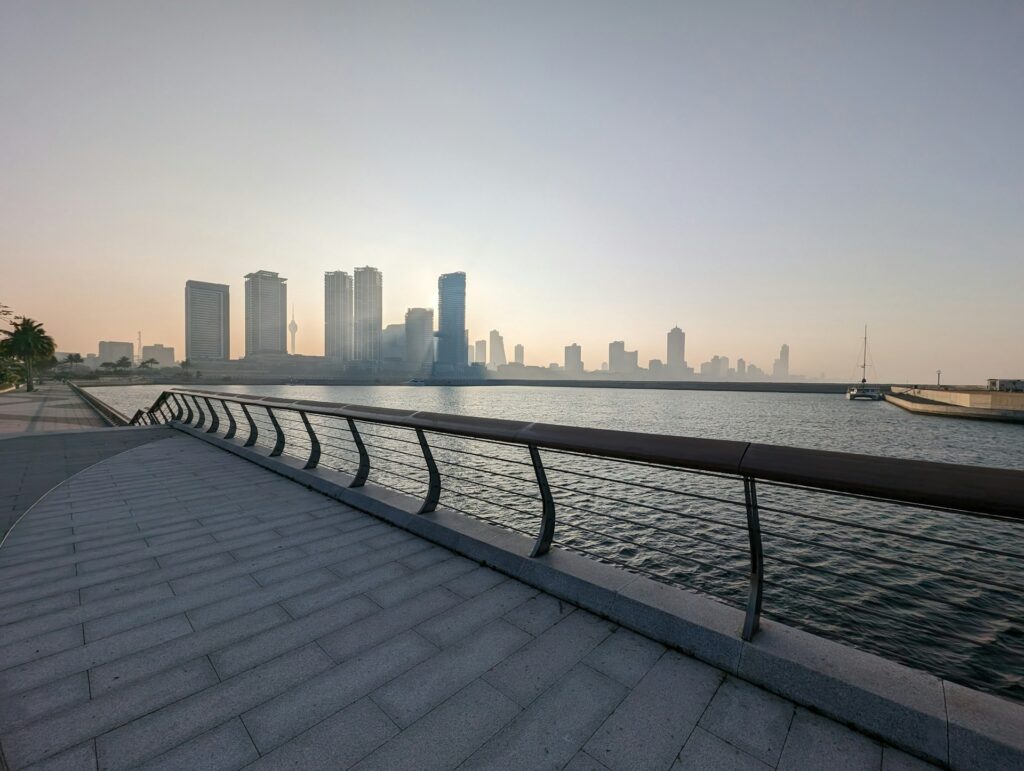
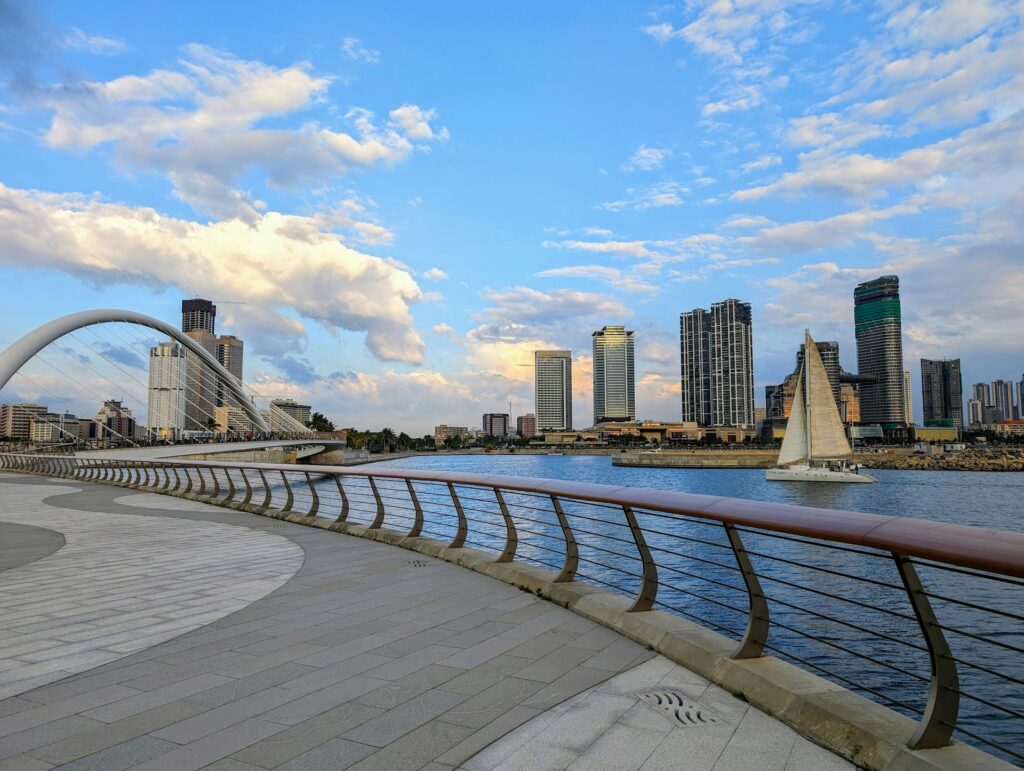
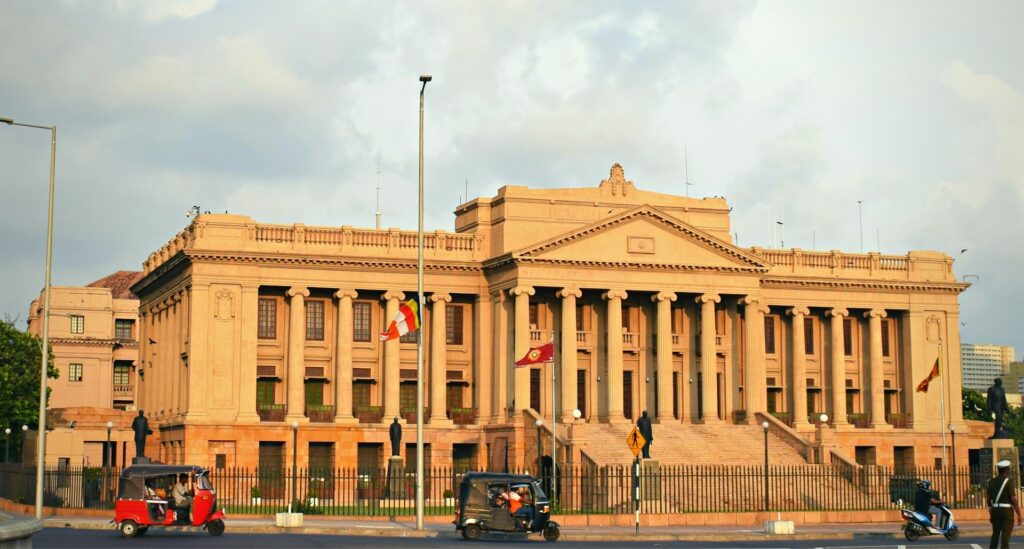
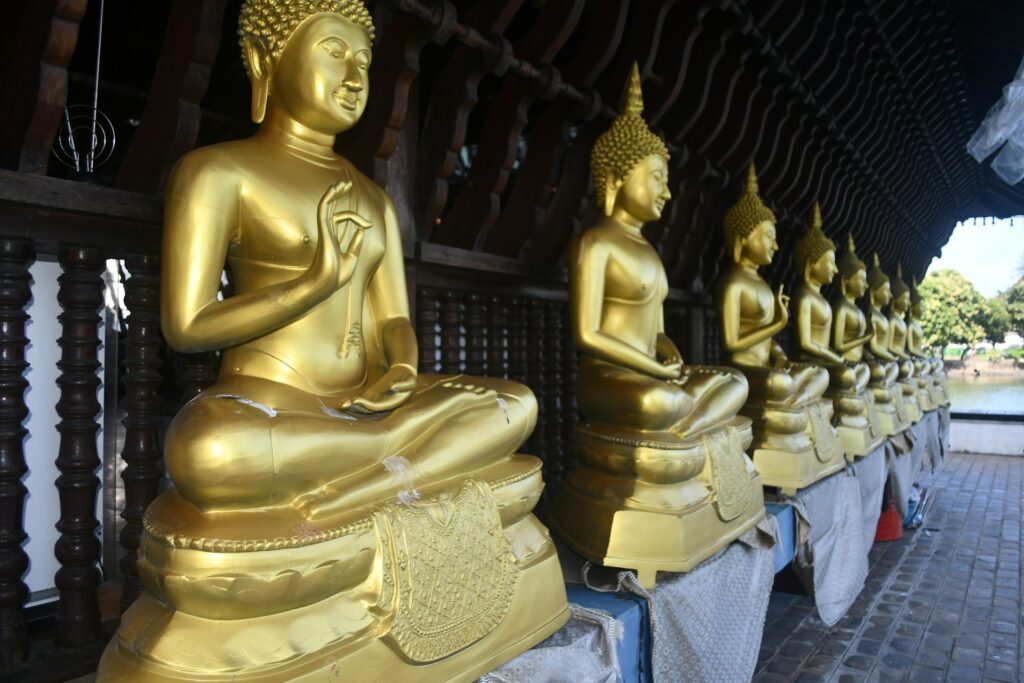
Heaven On Earth
Colombo offers a fascinating blend of colonial heritage, modern development, and traditional Sri Lankan culture. The city is divided into distinct districts, each with its own character: Colombo Fort and Pettah showcase colonial architecture and bustling markets; Cinnamon Gardens features upscale residences and the verdant Viharamahadevi Park; while coastal areas like Galle Face Green and Mount Lavinia provide scenic oceanfront experiences. The city’s religious diversity is evident in landmarks like the Gangaramaya Buddhist Temple, St. Lucia’s Cathedral, Jami Ul-Alfar Mosque, and Sri Ponnambalam Vanesar Kovil Hindu temple. Colombo’s culinary scene is equally diverse, offering everything from street food to fine dining, where Dutch, Portuguese, Moorish, and Indian influences merge with traditional Sri Lankan flavors.
- Colonial heritage tours, architectural explorations.
- Museum visits, art galleries, cultural experiences.
- Shopping adventures, from markets to luxury malls.
- Oceanfront promenades, sunset experiences.
- Family-friendly parks, urban wildlife, water activities.
- Luxury accommodations, world-class dining experiences.




